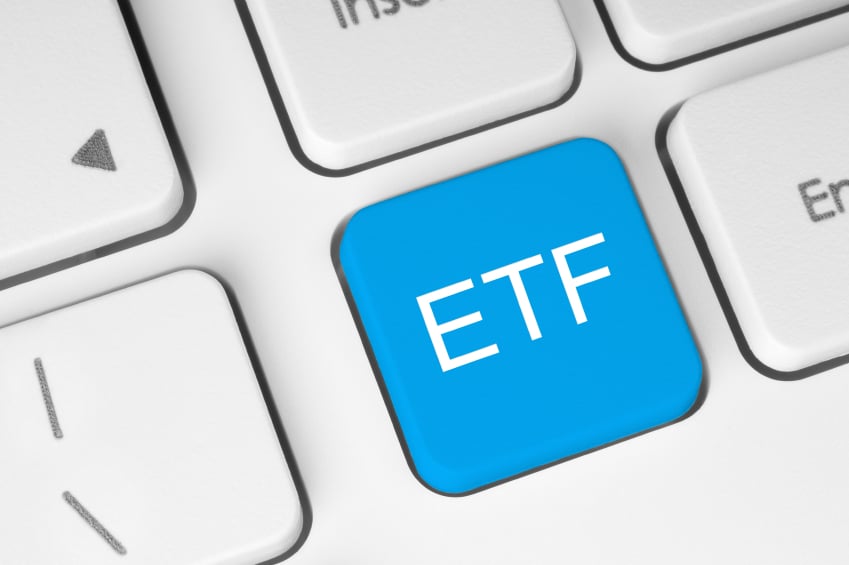

American Century Investments, widely expected to make history in coming weeks as the first asset manager to launch a nontransparent exchange-traded fund, filed a final registration statement Monday and has gotten to the point where it is now able to discuss expense ratios, ticker symbols and other details.
“I don’t see anything holding us up from launching before the end of the quarter, and American Century will be the first to launch one of these funds,” said Ed Rosenberg, head of ETFs at American Century.
Of the dozens of funds from more than a dozen asset managers currently winding their way through the regulatory approval process, American Century’s Focused Dynamic Growth (FDG) and Focused Large Cap Value (FLV) are considered to be well ahead of the pack and likely to be the first test of this unique type of ETF.
The result of a decade’s worth of regulatory wrangling that has a half-dozen firms now licensed to offer various versions of the products, nontransparent ETFs are widely seen as a savior of actively managed mutual funds, which have been steadily losing assets to ETFs.
Nontransparent ETFs, which will be required to report their holdings only quarterly, appeal to managers of actively managed mutual funds that have generally avoided launching active ETFs for fear of front-running, since traditional ETFs are required to report their holdings daily.
While the asset management industry is clearly behind the nontransparent movement, it is not yet clear whether financial advisers, the biggest users of ETFs, will get on board.
Earlier this week, when advisers who custody at TD Ameritrade were asked whether they plan to allocate client assets to nontransparent ETFs, 92% said no.
Mr. Rosenberg recognizes that there will be some reluctance among financial advisers to jump headlong into a new and untested type of fund, but he believes the idea will grow on investors and advisers.
“I think advisers will fall into three buckets when it comes to these products,” he said. “You have those advisers who are looking for something unique in an ETF format and will invest right away, then there’s a portion who will wait and see, and then you’ll have a set that will never change because they only use indexes.”
The middle group is where Mr. Rosenberg hopes to win over converts, and he believes the expense ratios of between 42 basis points and 45 basis points on the American Century funds will be helpful in that effort.
“I think the middle set will come in at the six- to eight-month window once they see what the fund is doing,” he said.
American Century has a total of $183 billion under management, but just $1 billion in 10 ETFs, having entered the ETF space just two years ago.
Of the two nontransparent ETFs it’s closest to launching, Focused Dynamic Growth, which will charge 45 basis points, is modeled on an American Century mutual fund with the same name, same management team and an 85-basis-point expense ratio.
Asked whether the new ETF is expected to cannibalize assets from the mutual fund, Mr. Rosenberg said the two different fund wrappers target different investor markets.
“While there may be some people who switch, I would expect the majority of users to be new,” he said.
In terms of charging different fees for what is essentially the same investment strategy, Mr. Rosenberg said the fees on the ETF were set with the expectation of solid asset flows, which can help drive down fees.
“If you expect a fair amount of assets in there, ETFs can be cheaper over time,” he said. “Reasonably, it’s a different marketplace, and you have to price ETFs accordingly.”

Relationships are key to our business but advisors are often slow to engage in specific activities designed to foster them.

Whichever path you go down, act now while you're still in control.

Pro-bitcoin professionals, however, say the cryptocurrency has ushered in change.

“LPL has evolved significantly over the last decade and still wants to scale up,” says one industry executive.

Survey findings from the Nationwide Retirement Institute offers pearls of planning wisdom from 60- to 65-year-olds, as well as insights into concerns.
Streamline your outreach with Aidentified's AI-driven solutions
This season’s market volatility: Positioning for rate relief, income growth and the AI rebound
